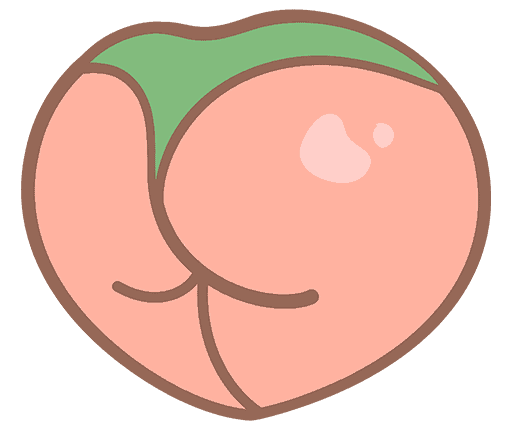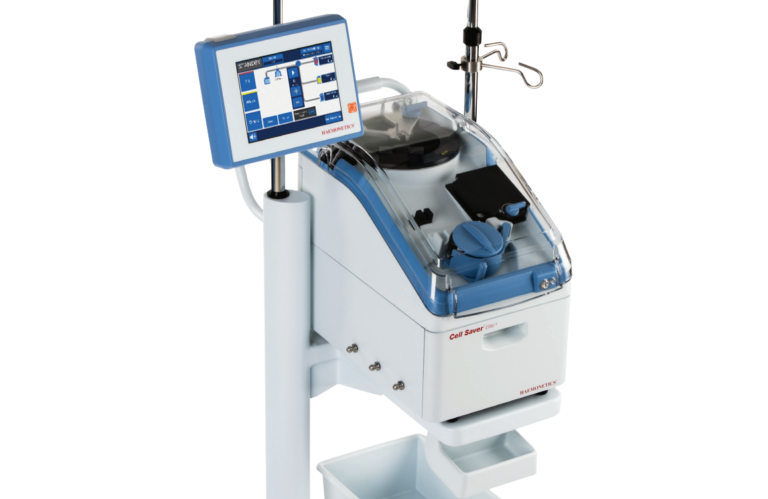Lipo Burns: Understanding Ischemia and Recovery
Are you worried about the potential risks of undergoing a liposuction procedure? One of the complications that you may encounter is lipo burns. In this blog post, we’ll discuss what lipo burns are, what causes them, their symptoms, and tips on how to prevent them.
What are Lipo Burns?
Lipo burns, also known as ischemia, is a complication that can occur during liposuction. Ischemia is the lack of blood supply to a particular area, which can cause tissue damage that can be permanent. It is not really a burn, but rather an interruption in the blood supply.
Due to the high temperatures (approximately 900 degrees) used in laser liposuction, it can result in significant burn injuries. The body tissues absorb heat differently, causing severe third-degree burns to the skin, muscles, and other tissues during the procedure, which may lead to permanent scarring and infections.
How Do Lipo Burns Happen?
Lipo burns can happen during any liposuction procedure. They are most common when using heat-based liposuction techniques such as J-Plasma, ultrasound, or SmartLipo. These techniques use heat to break up and remove fat cells, but the heat can also cause burns if not used properly. Traditional liposuction, which is not heat-based, can also cause lipo burns. When fat cells are removed, blood vessels can be broken, which can lead to ischemia.
Lipo burns tend to occur in areas with lower blood supply, which are typically in the flanks. This is because the flanks are the furthest from the body’s main source of blood flow: the heart.
What are the Symptoms?
The symptoms of lipo burns depend on the severity of the ischemia. A mild case of lipo burns may only cause a small dark spot on the skin, which will slough off and heal without leaving a scar. More severe cases of lipo burns can cause a larger wound, with black spots on the skin that go deeper into the tissue. In extreme cases, the skin may die and require surgical intervention to remove the damaged tissue.
How Can You Recover From Lipo Burns?
If you experience lipo burns after your liposuction procedure, it’s important to seek medical attention immediately. Depending on the severity of the burn, your doctor will clean the wound and prescribe antibiotics to prevent infection or pain medication to manage discomfort. They may also recommend a wound dressing or ointment to help with the healing process. In some cases, surgery may be required to remove the damaged tissue.
Time is needed to allow the skin to heal. It takes about a full year for the cells to come back into the area and produce pigment.
Who is at Risk of Developing a Lipo Burn?
Some patients are at a higher risk of developing a lipo burn than others. These include:
Patients who have had previous liposuction surgery
Smoking affects blood flow and circulation, which results in poor oxygenation of the tissues. Poor oxygenation of the tissues means that there is less blood supply to the area where the liposuction is being performed, and this can lead to tissue damage and cell death.
Patients with lower hemoglobin levels
Hemoglobin is responsible for carrying oxygen to the tissues.
Patients who have had previous liposuction or tummy tuck surgery
Patients who have already undergone a BBL or tummy tuck are at a higher risk of developing a lipo burn. The cannula, the tool that removes fat, has already disrupted the blood supply to the area. The tissue is already compromised, making it more susceptible to damage from the heat generated during laser-assisted liposuction. Additionally, scar tissue and fibrosis from previous surgeries can make the area more difficult to treat and increase the risk of complications.
Wearing a faja that is too tight
Wearing a faja that is too tight can cut off the blood supply, leading to an area of ischemia that can look like a lipo burn.
Conclusion
Lipo burns are a potential complication of liposuction procedures. They can cause significant discomfort and may require medical treatment. To prevent them, choose a qualified and experienced plastic surgeon who uses safe and effective techniques, such as tumescent liposuction. Follow the post-operative instructions provided by your surgeon carefully and seek medical attention if you notice any signs of infection. With proper precautions, you can reduce the risk of lipo burns and enjoy a successful liposuction procedure.





